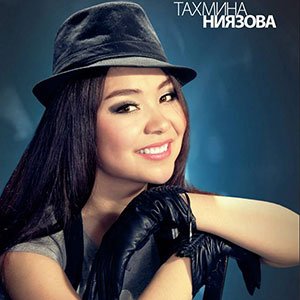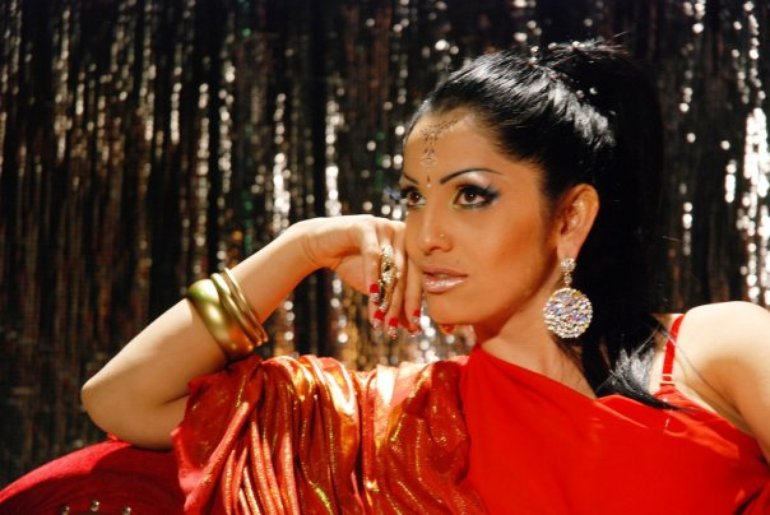The music of Tajikistan is fairly similar to the styles of other Central Asian countries, namely Uzbekistan. They even share many common genres and instruments. Their classical and folk music spans not only different areas of Tajikistan but can be a bit more regionalized.
One particular genre shared between Tajikistan and Uzbekistan is shashmaqam. The name literally means “six modes.” The lyrics generally come from Sufi poems about divine love. Historically, it’s thought that shashmaqam originated in the cultural city of Bukhara and was performed as court music. Stalin saw this as representing the feudal ruling class and was ok with it. It’s made some changes over the years, but it’s still thought of highly as a traditional musical genre.
Another type of music heard is performed throughout the Pamir Mountains regions (and more specifically the Badakhshan areas of Afghanistan, Tajikistan, and Pakistan) is falak. Also having lyrics based on Sufi poems, it’s not just limited to songs about divine love, but also draws upon themes of separation and reunion as well as human love and suffering.
Unlike other countries, Tajik national songs are almost always performed in a single voice. Music is often performed for ceremonies and festivals, and genres can vary. Tajik music utilizes many of the same instruments that are heard in much of this region. String instruments are quite common: rhubab, tanbur, dutor, violin, and the gidzhak are often heard in their music. They also use quite a few percussion instruments like the tablak (a type of clay kettle drum), kairok (castanets made of stone), and the doira (similar to a tambourine). They utilize a variety of wind instruments as well: surnai, nai, and karnai. Today, they use many modern day Western instruments along with the traditional ones.
Traditional dances incorporate more than just dance. It uses elements of pantomime, drama, and circus styles to tell a story. They will have great performances that take over the entire stage. Generally, dances are divided up between pantomime dances (based on animals and birds), ceremonial dances (like the rakskhoi marosimi, or dance beside the death bed), and ritual dances (like the boft [weaving] or the oshpaz [the cook]). And then there are men’s and women’s versions of dances.
I did manage to find a few Tajik musicians on Spotify. Several who I listened to may have been listed as pop and rock musicians, but it doesn’t sound the same to Western ears. I listened to Tahmina Niyazova, who has a soft rock feel with a Middle Eastern sound behind it. You can certainly hear the ties to Persian culture. I feel like I would be listening to this sitting in a Persian or pan-Middle Eastern restaurant.
When I was listening to Shabnam Suraya, it seemed quite upbeat, dance music for sure. In fact, this really sounds like belly dancing music. I bet you she was doing moves in the studio when she was recording it. You know she was. I only had to watch two videos on YouTube to know she dances.
I also listened to Oleg Fesov. His music uses the same traditional rhythms and instrumentation, even though some of his songs have more of a Western structure to them. In a similar style, I found an album by Shams and Muboraksho Mirzoshoev. I think they’re both the type of albums you can play if you need to relax and chill or are just melancholy.
Some bands subtly incorporate some rock elements into their music, but it still has a strong sense of Persian style. Two bands/musicians I feel fall into this category are Parem and Daler Nazarov. In some cases, they use very traditional styles in the midst of Western style; in other instances, they use traditional instruments to play Western rock riffs. So, points for originality. I do like a good mashup of genres.
Up next: the food








No comments:
Post a Comment